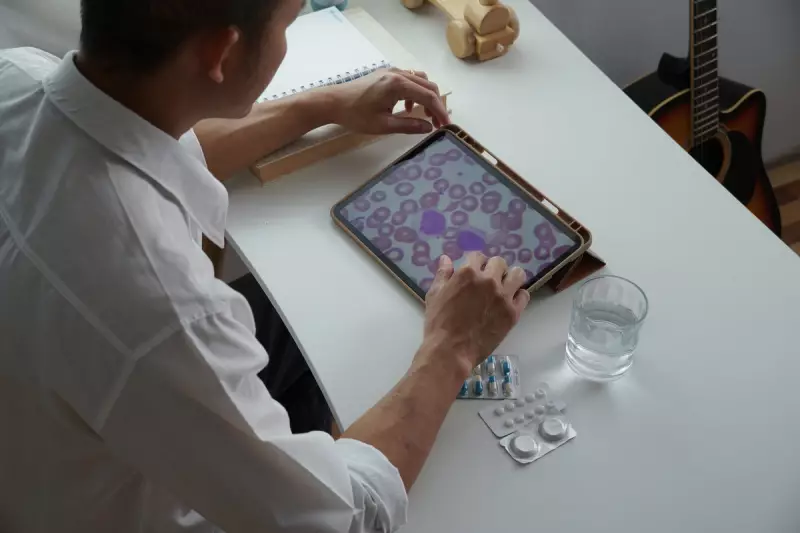
In a medical breakthrough that could revolutionise cancer treatment, British scientists have successfully developed a method to grow blood stem cells in laboratory conditions. This pioneering research from the University of Cambridge represents a significant leap forward in the fight against leukaemia and other blood disorders.
The End of Donor Dependency?
Currently, patients requiring bone marrow transplants face the challenging search for compatible donors, with many unable to find suitable matches. This new technique could potentially eliminate this dependency entirely by enabling doctors to create unlimited supplies of healthy blood cells for transplantation.
Professor Tony Green, who led the research team, described the achievement as "a crucial step towards making stem cell transplants more accessible to all patients in need."
How the Scientific Breakthrough Works
The research team identified several key proteins that control stem cell behaviour, allowing them to recreate the bone marrow environment in laboratory settings. This environment enables blood stem cells to multiply while maintaining their ability to develop into all types of blood cells.
The process involves:
- Isolating specific proteins that regulate stem cell growth
- Creating artificial bone marrow conditions in laboratory dishes
- Enabling stem cells to multiply without losing their therapeutic properties
- Producing sufficient quantities for effective transplantation
Transforming Leukaemia Treatment Landscape
This discovery holds particular significance for leukaemia patients, many of whom require stem cell transplants after chemotherapy destroys both cancerous and healthy blood cells. The ability to generate custom-matched blood cells could dramatically improve treatment outcomes and reduce complications.
Dr Brian Huntly, another senior researcher on the project, emphasised that "this brings us closer to personalised treatments tailored to individual patients' needs."
Next Steps and Future Applications
While the research shows immense promise, scientists caution that clinical applications remain several years away. The team is now focusing on refining the technique and ensuring its safety for human trials.
Beyond leukaemia treatment, this breakthrough could potentially benefit patients with other blood disorders, including sickle cell anaemia and various immunodeficiency conditions, marking a new era in regenerative medicine for the NHS and healthcare systems worldwide.





